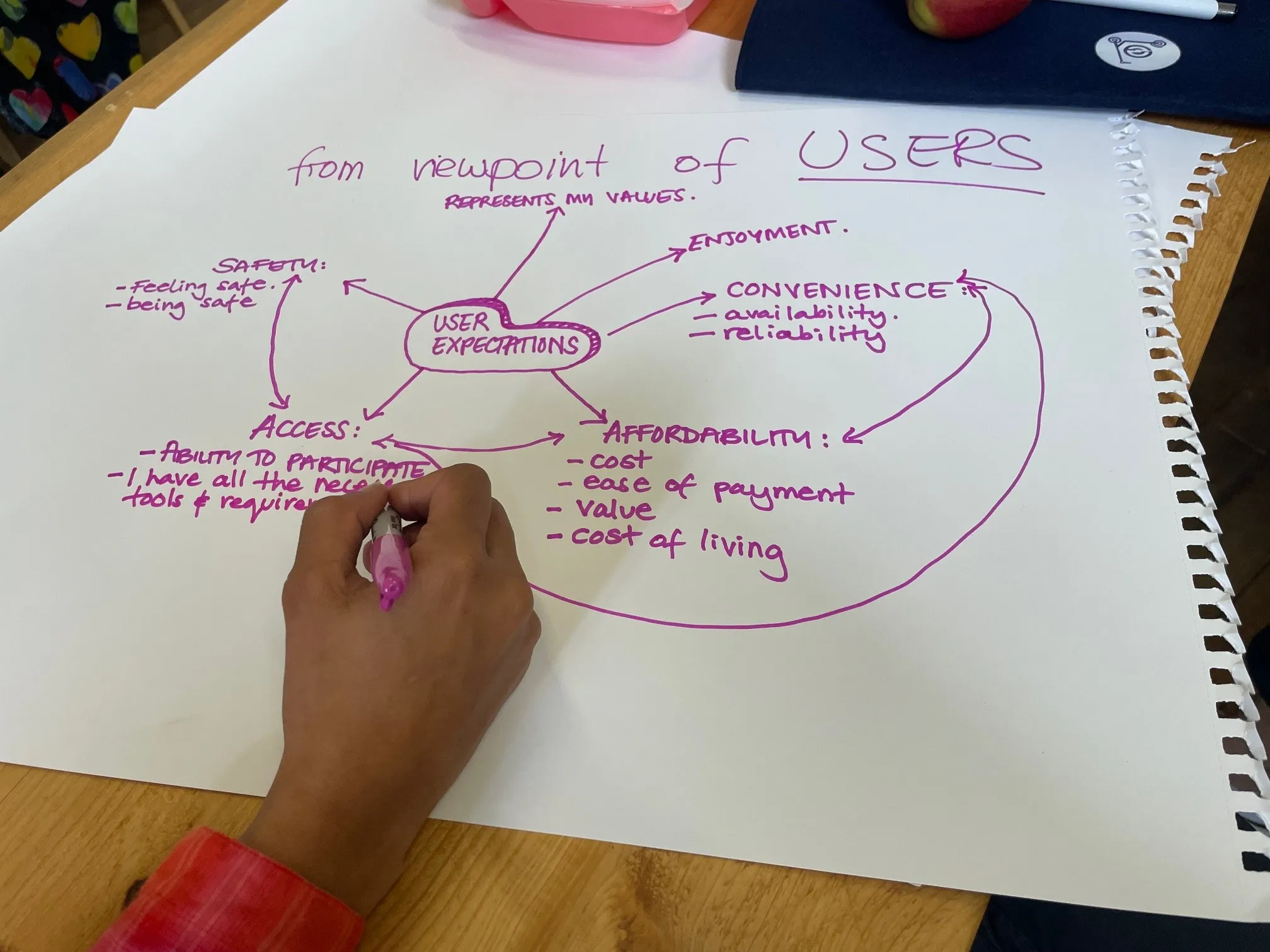
Confidence in e-commerce continues to suffer due to the incidence of online fraud. “The question of security and trust is a growing concern,” says Pierre-Antoine Vacheron, managing director, Ingenico Payment Services.
“E-commerce makes up 15% of total commerce, but attracts 60% of fraud.” The technology to combat this is available, he insists. What is needed is a major drive to adopt the correct standard so one solution can be put in place to fight it, not the jigsaw of current proposals and schemes. However, whatever solution is found, it must be user-friendly so that customers will use it, Vacheron adds. And when data breach incidents do occur, there must be a faster response from the payments and financial industries to repair the damage, says Eric Duforest, managing director of the payment business unit at Oberthur Technologies. Typically, it takes from 10 to 20 days to completely ‘close the window’ to fraudsters who try to use stolen information to purchase goods and services. The industry needs to work to shorten that danger period to just hours after the breach is discovered. However, speakers at the Opening Summit of CARTES SECURE CONNEXIONS said that customers also had a responsibility to use common sense to ensure their security. Giving away information on social media is risky – and not only for fraud. A posting on Facebook about a three-week yachting holiday is like placing a sign on a home that it was empty, the conference heard.










